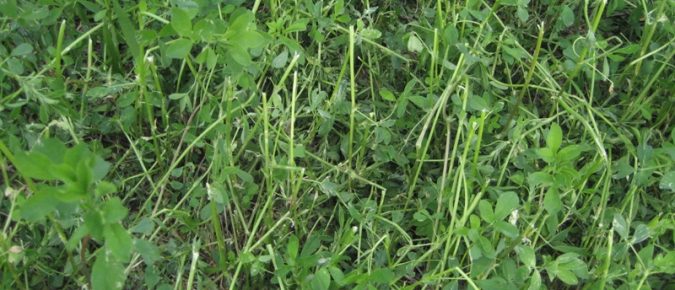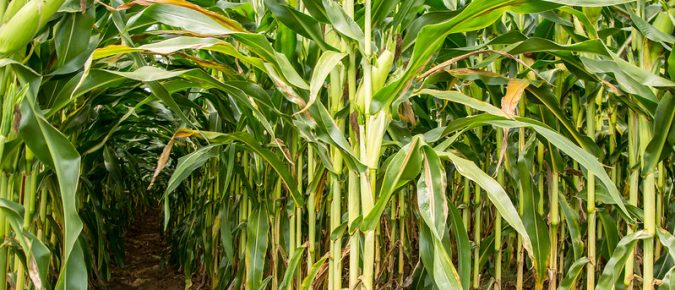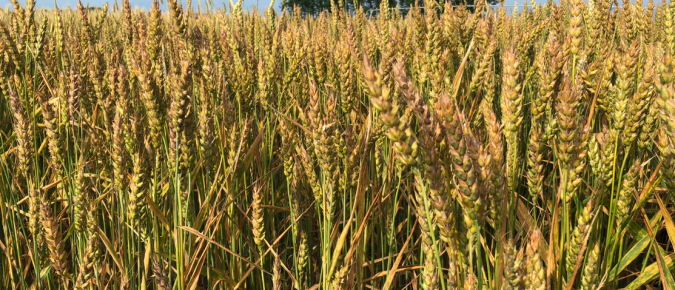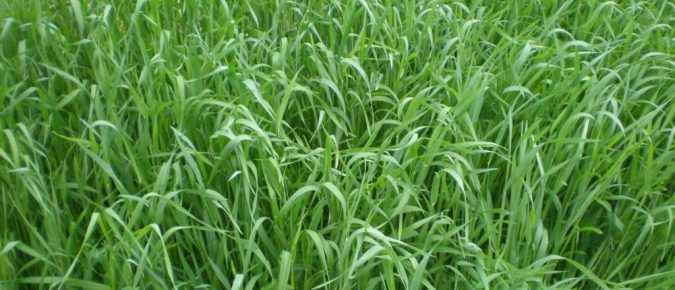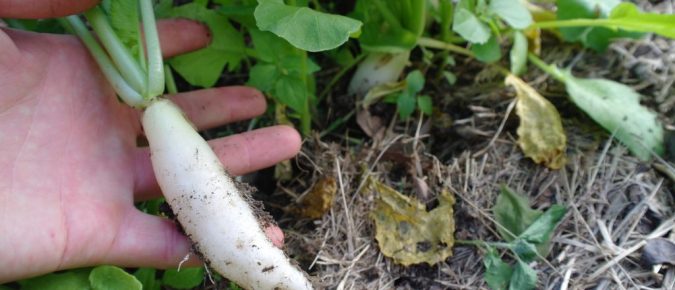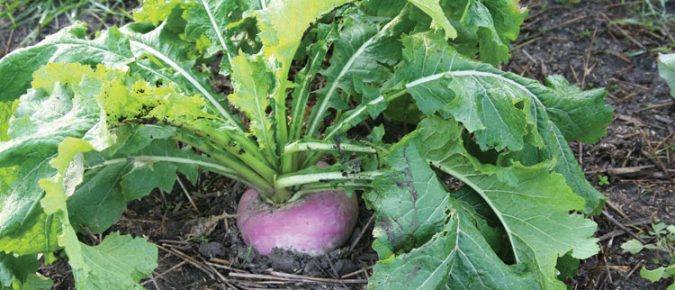Articles
Managing hail-damaged alfalfa and red clover
For determination of keeping stand of new seedlings: Determine whether the seedlings have developed crowns (pull a plant and feel if ridge between root and top growth which usually develops when plant is 3 to 4 inches tall). All seedlings without crowns and with damaged terminal buds will die. Count remaining plants and keep stand […]
Cover crop options for corn grain in Wisconsin
Cover crop species recommendations change depending on whether you are in Northern or Southern Wisconsin. Northern Wisconsin Cover Crop Options Small grains / grasses Cereal rye is the only option for seeding cover crops after corn for grain in Northern WI but it should be planted by late October. Much later than this and rye […]
Cover crop options for soybeans in Wisconsin
Cover crop species recommendations change depending on where you are. The map below is divided between Northern and Southern Wisconsin – click one of the maps below to view the recommendations for that area. Northern Wisconsin Cover Crop Options Small grains / grasses Cereal rye is the most reliable option for seeding grass cover crops […]
Cover crop options for corn silage in Wisconsin
One of the most important times to use cover crops is after corn harvested as silage leaving very little residue and the soil vulnerable to erosion in the winter and subsequent spring. There are many ways to plant cover crops, please go to this page to look at planting recommendations. Cover crop species recommendations change depending […]
Cover crop options for Winter Wheat in Wisconsin
Wisconsin’s short growing season doesn’t provide a lot of time for growing cover crops. However, the early harvest of winter wheat allows an excellent window for cover crops to grow, protect the soil and provide other benefits. Cover crop recommendations typically change depending on where you are in Wisconsin but because of the early harvest […]
Spring Barley
General Comments Spring barley will grow rapidly in late summer and continue until a hard freeze. It does not typically not over-winter in Wisconsin. Barley is a good choice if fall-harvested forage is the main goal. It is more tolerant of temporary dry conditions than legumes. Oats and barley have had equal yields in fall forage trials […]
Triticale
General Comments Triticale can be planted August-September for a late summer and over-winter cover. Stem elongation will not occur without vernalization (cold temperatures). Planted in August, rye will produce a thick cover, but usually less than one TDM biomass before winter dormancy. It will grow rapidly in early spring. Terminate triticale as a cover crop by late […]
Rye
General Comments Winter rye can be planted August-September for a late summer and over-winter cover. Stem elongation will not occur without vernalization (cold temperatures). Planted in August, rye will produce a thick cover, but usually less than one ton of dry matter of biomass before winter dormancy. It will grow rapidly in early spring. Terminate […]
Radish (Tillage, Groundhog, Nitro, oilseed or forage radish)
General Comments Radish (e.g., Tillage, Groundhog, Nitro, oilseed or forage radish) is a fast growing edible root vegetable capable of producing a girthy taproot that can extend several feet deep if planted in July or August. Daikon radishes selected as cover or forage crops are often touted to alleviate soil compaction by “bio-drilling” down through […]
Other brassicas
General Comments The other brassica are fairly similar to radishes but with less root volume. Turnips will have more tuber-like growth at the soil surface and are better suited to late summer and fall grazing. Turnips may over-winter and do not produce the odors of radish upon decomposition. Rapeseed, also known as canola, has typically […]

